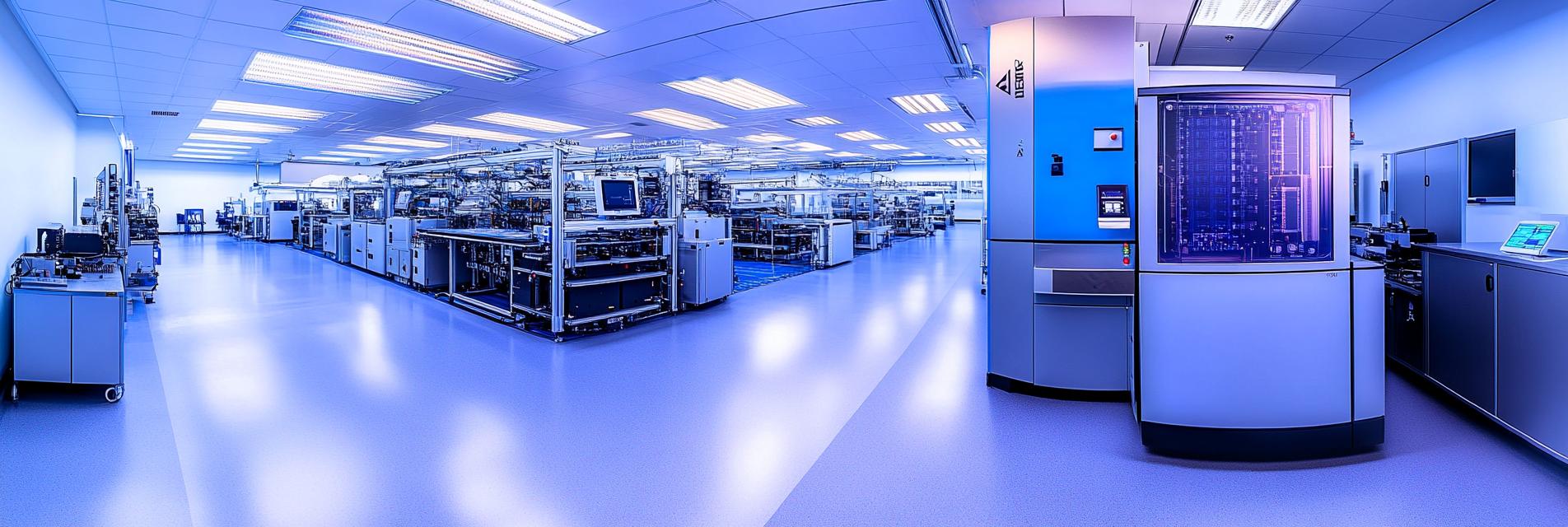The advent of 5G technology stands as a pivotal milestone that promises to reshape numerous industries, with the high-speed PCB (Printed Circuit Board) sector being among the most significantly impacted. The transition to 5G not only facilitates faster data transmission but also introduces new standards in connectivity and performance. This article delves into transformative changes brought by 5G in the high-speed PCB industry.
5G technology emphasizes lower latency and higher bandwidth requirements, prompting advancements in PCB manufacturing processes. Manufacturers are now focusing on optimizing circuit designs to meet the demands of high-speed data transmission. The evolution in materials, favoring those with superior electrical properties, enhances signal integrity while ensuring robustness in PCBs. These innovations contribute to the production of reliable, high-performance circuits crucial for 5G applications.
With 5G, connectivity takes on a new dimension. High-speed PCBs are instrumental in supporting the increased number of devices connected to the internet. The integration of smart components in PCBs caters to the Internet of Things (IoT), allowing for seamless data communication. Enhanced connectivity ensures that devices operate efficiently, unlocking new use cases in smart cities, healthcare, and transportation systems.
The performance of electronic devices is heavily reliant on the quality and design of PCBs. 5G technology necessitates further optimization in PCB design to reduce signal loss and improve thermal management. These performance enhancements not only increase the efficiency of devices but also extend their operational lifespan, ultimately translating to cost savings for manufacturers and consumers alike.
In conclusion, the impact of 5G on the high-speed PCB industry is profound and multifaceted. By driving advancements in manufacturing processes, enhancing connectivity, and improving performance, 5G technology is setting new benchmarks for the electronics industry. As we step into an era defined by rapid technological growth and integration, the role of high-speed PCBs will only continue to grow, solidifying their significance in the modern digital landscape.

